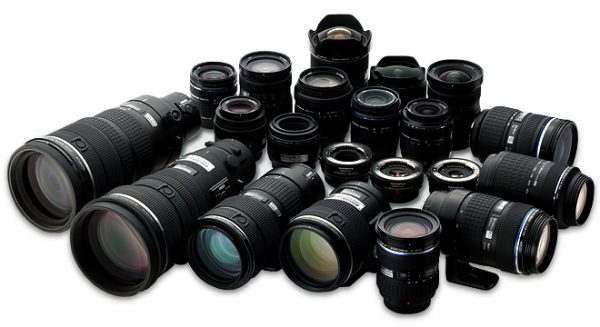There are many factors that we need to consider before buying a digital camera and lens is one of them.
When choosing a digital camera, we should choose the one with the biggest CCD. This will result in improved image quality and we are able to take better photos in low-light situations. There are different sizes of CCD that we can find in digital cameras. As an example, low-end cameras could have 0.25-inch lens in diameter.
Mid-range cameras may have 1-inch lens and expensive DSLR could have 1.5-inch lens of higher. Low-end cameras have more limited optical zoom capability and they could produce decent pictures in well-lit areas, especially for outdoor settings during the day. It can be carried in our pocket for quick snapping at theme park and other outdoor areas.
With its larger lens and extra features; mid-range cameras are good for all-purpose capability. They have better optical zoom and other features, such as macro and red-eye reduction. The lens has better quality and larger. It means that mid-range cameras are usually slightly larger and thicker to accommodate for the slightly more complex lenses arrangement.
Outdoor pictures should be outstanding and we should be able to capture indoor pictures without any kind of problem. Indoor pictures should also be quite decent, but mid-range cameras could be much more limited in low-light situations; like in concerts.
High-end DSLR cameras are supposed to provide us with the best capability possible. In automatic mode, they should be quite easy to use, like their low-end and mid-range brethrens. However, seasoned photographers should be able to unlock immense capability of the camera and we can manually adjust many parameters; such as shutter speed and f-stop.
If we use them properly, DSLR cameras should work exceptionally well in any kind of condition. However, DSLR cameras could cost more than $1000. What we get from this are impressive features and super high resolution; although higher resolution doesn’t always guarantee better images.
For many cameras, quality and portability are things that tend to be at odds. We should be able to easily bring a smaller camera, but it would be useless in some situations. A DSLR camera is much more versatile and it can be used in many situations. However, DSLR cameras are bigger and heavier, so they are much less portable. As a quick note, cameras with small lenses are more portable but perform poorly in low-light situation. With larger lens, we can get better image quality as a whole.
Armed with this basic information, we should be able to wade through the dazzling collection of cameras that are available in stores. There are hundreds of models out there and with enough research, we could find 5 or 6 models that may match our requirements. A good camera should feel right on our hands and it needs to have proper controls.

